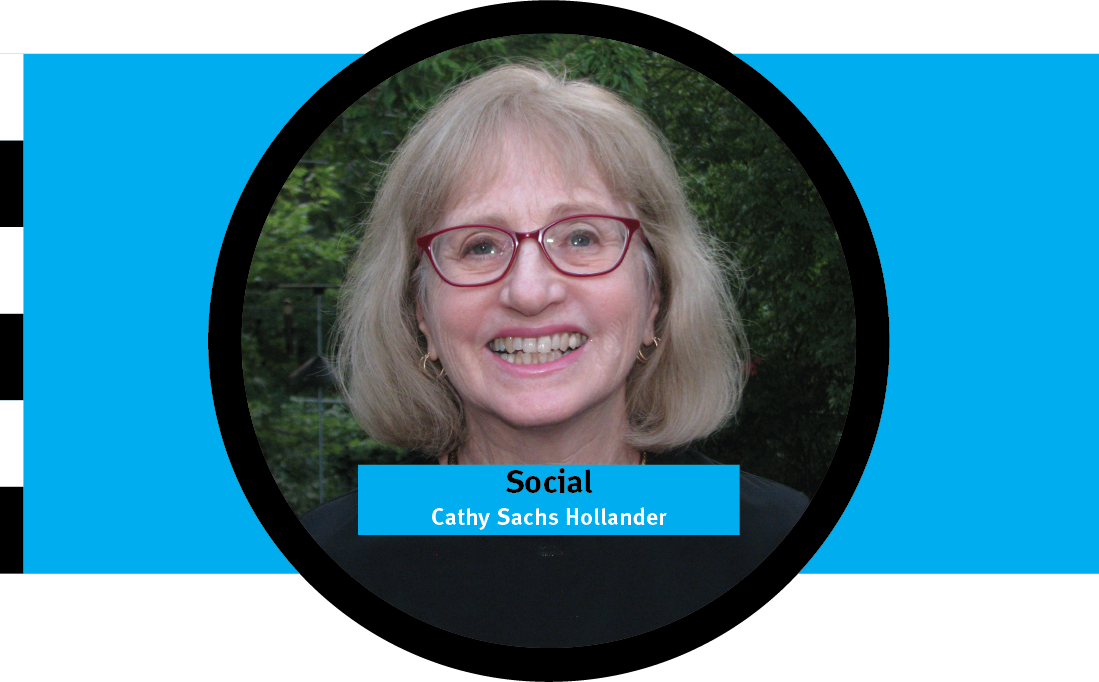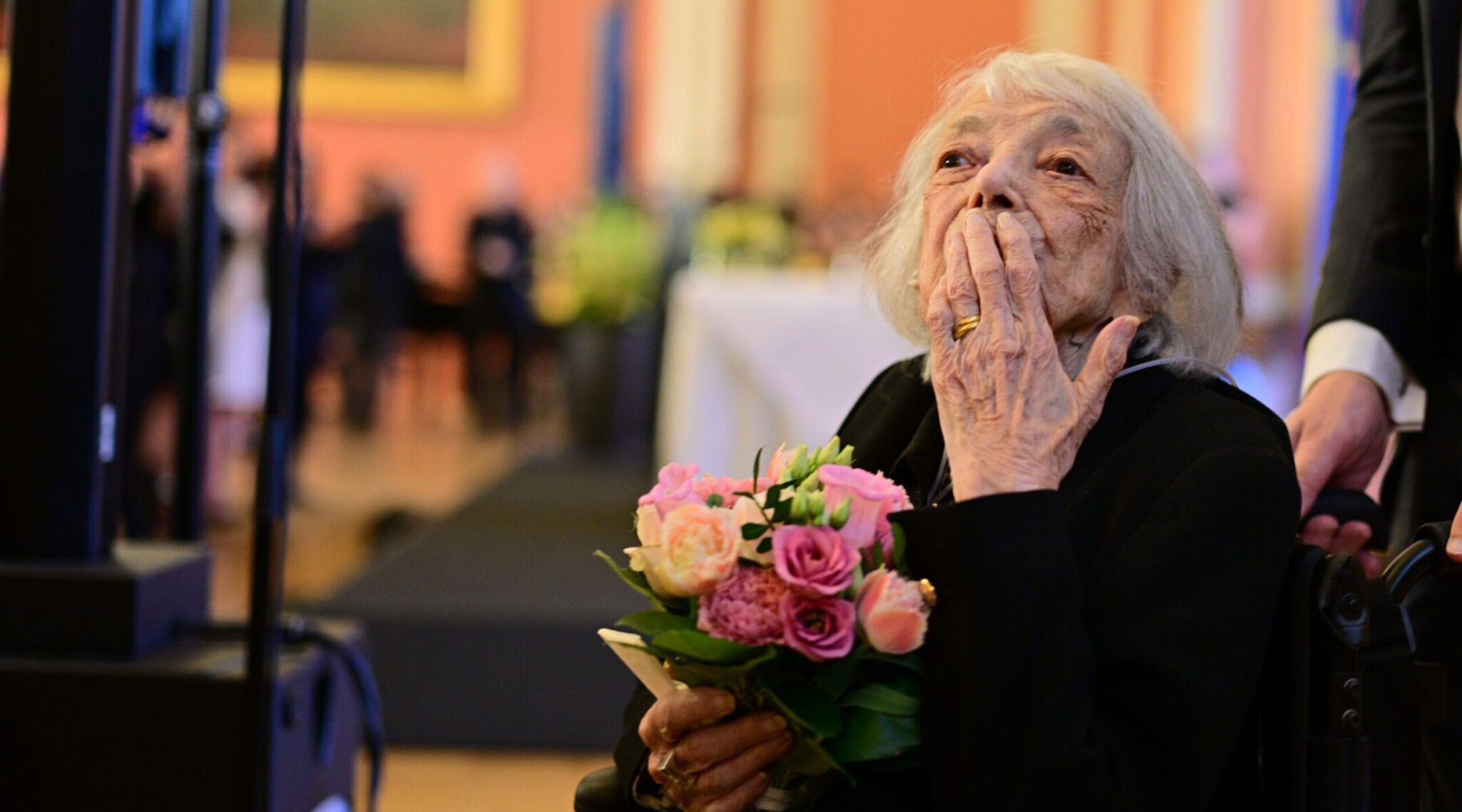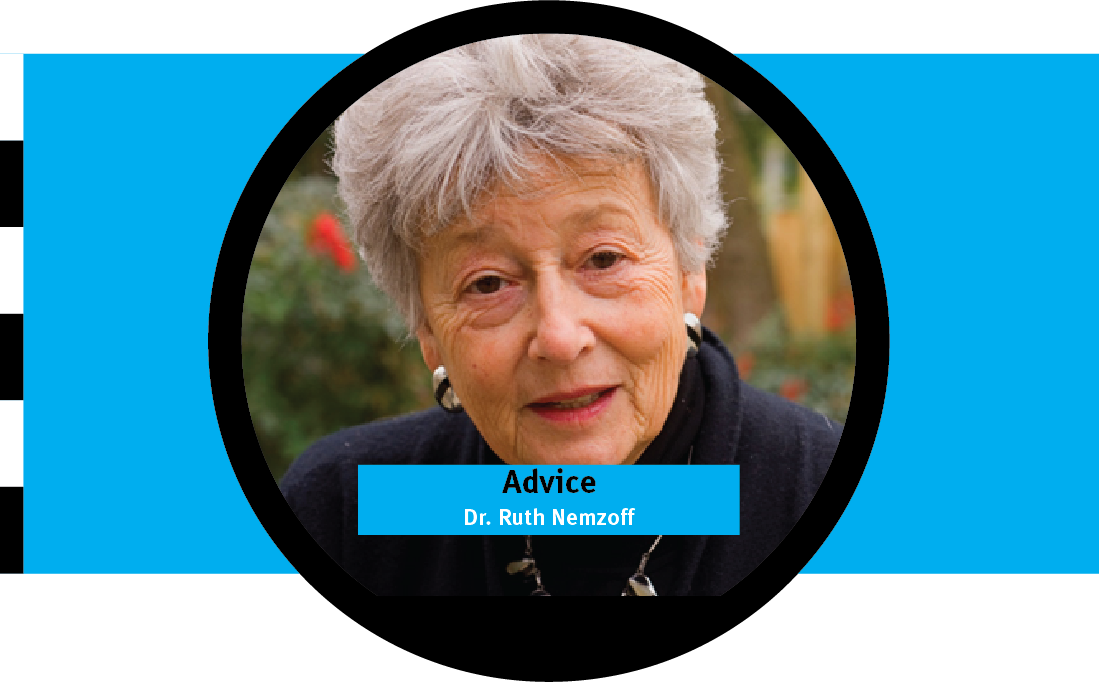By Cathy Hollander
Susan Farber and her husband, James, enjoy visiting Northeast Wisconsin where their son, his wife and children live. Over several visits, they have explored parts of Wisconsin.
Green Bay has a beautiful Botanical Garden.

“We visited these gardens during the summer of 2021. The gardens are very well-tended, marked with signs of plant names, and the combinations of plants in the sections of the garden are very pleasing to the eye. Artists have provided outdoor art pieces to enhance the plants.
“During our visit, the work of an Oregon artist, interested in preserving the Pacific Ocean water quality from plastic pollution, was displayed in the gardens. These sculptures were made with volunteer assistance, collecting cleaning, and assembling these sculptures, inspired by nature.
We also spent some time walking around a county park (Brown Co), created by land which a couple had acquired over many years. This park is north of Green Bay, along the west coast of the bay.”

North of Green Bay is a peninsula with many smaller communities known for growing cherries and grapes, boating, hiking and snowmobiling or skiing.

Sisters Bay reflects its Scandinavian heritage. The roofs of these log buildings (gift shop and eateries) have grass which are trimmed by goats which climb ladders. Ephraim is much smaller, less commercial than Sisters Lake and is further north. Further northwest are smaller islands in the bay, only accessible by personal boats.
A floral dome is painted as part of an annual summer fundraiser in Sturgeon Bay from the arts community to help the overall area. Sturgeon Bay also has the region’s historical society depicting how fishing, craftsmanship and farming have been the focal point of its residents for centuries.
To the south of Green Bay, many communities along the Fox River, flow toward Appleton and into Lake Winnebago. Kaukauna is known for its cheese used to make cheese balls and its paper mill (producing a stench which the locals call the smell of money). A nature preserve runs along the Fox River.

Just west of Kaukauna is Little Chute, settled primarily by Dutch fur traders and missionaries. Citizens proud of their Dutch heritage invested resources and time to create a new plaza, city hall and Dutch culture center in the city center, beneath a windmill. The parts of the windmill were produced in the Netherlands and shipped to be reconstructed in Little Chute. Visitors can try on wooden shoes here.
Southwest of Little Chute is Appleton, the most populated community in this region. Appleton has a historical society in a Masonic Temple built between 1900 and 1920. Several rooms display the magic of Houdini, aka Erick Weisz. Weisz did not live long in Appleton, as the congregation did not like his father as the community rabbi.

The structure which once served as the synagogue is still standing. It is used as a studio to build and repair large organs, often used in churches. The façade of the building still has the name of the synagogue, located at the corner of Durkee and Harris streets in the historic district just north of central downtown Appleton where Lawrence University is located.
The water as it flows past Appleton and into Lake Winnebago has long been used to generate electricity. A shingled two-story house, Hearthstone House, overlooks the river and is powered by electricity. Its claim is to be the first electrified home in the United States.
All kinds of paper were created in this region. Between paper mills in many of the communities and in Appleton, which became the most populated, paper manufacturing made this area very prosperous. There is a paper museum along the river, housed in the Atlas Science Center. It contains many hands-on displays for youngsters. Guests are able to make textured and colored paper (recycling old or unwanted paper).

“I made paper that I left with my granddaughters,” explained Susan.
Close to Appleton is Neenah where we visited the Bergstrom-Mahler Museum of Glass. The name of this museum combines the names of three glass collectors, Ms Bergstrom and the Mahler couple. Ms Bergstrom assembled a collection of glass paperweights while the Mahlers collected Germanic glass.

There’s so much to see in Northwest Wisconsin that it may require multiple visits to visit it all.





